
It’s time, Rural Sprout Readers.
They’re coming.
Spring 2021.
Who knows, they may already be in your neighborhood.
Some sunny afternoon, you’ll walk outside expecting twittering birdsong, and instead, you’ll be greeted by the most intense droning of a billion voices that only know one song.
And that song is a 1960s Star Trek phaser set to stun.
The seventeen-year cicadas are coming, Brood X specifically.
Very soon, these loud-mouthed insects will be all over the northeastern United States.
Everywhere.
Yes, I do mean everywhere.
Periodicals and Annuals
Brood X is a periodical brood. If you’re unfamiliar with cicadas, you might not know there are annual and periodical cicadas. Annual cicadas, also known as dog-day cicadas, come out every couple of years. They get their name because they show up in the hottest days of summer and offer up a hum that sounds like electric wires overhead.
Periodical cicadas show up en masse as a large brood after spending thirteen to seventeen years growing underground and feeding on the roots of trees.
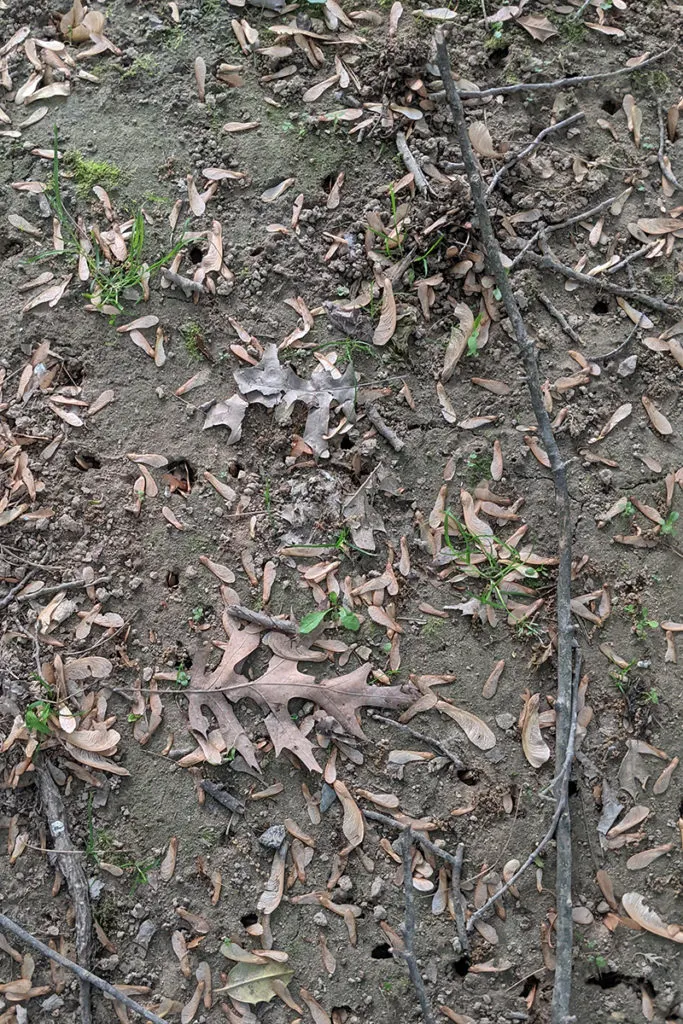
As they show up on a much larger scale than annual cicadas, they can create a bit of chaos with their presence and all of their noise.
What Do They Look Like?
Depending on your overall feeling towards bugs, cicadas are either quite striking or something straight out of a sci-fi movie.
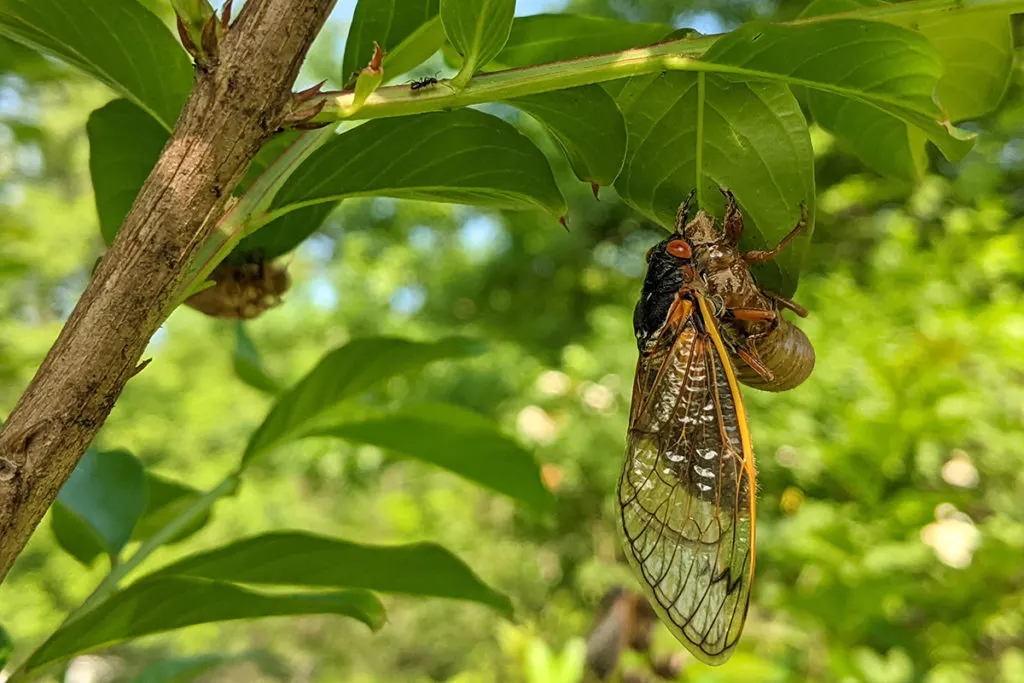
They’re quite large, as far as insects go, an inch and a half to two inches in length. The cicadas have black bodies, and long translucent wings, with orange veins throughout. Their eyes are a bright brick red and quite large.
I think they’re pretty cool, but I like bugs in general.
What Do Periodical Cicadas Sound Like?
Awful.
Screeching-headache-inducing-throw-your-shoe-at-the-window-droning.
That’s how they sound.
It truly is a bizarre noise. The sound is almost electrical; like it shouldn’t be coming from a living creature.
Check out this YouTube video to experience the sound of a single cicada as well as the entire brood in chorus.
Sleepless Nights
As a ridiculously light sleeper, I can tell you that cicadas and katydids are the banes of my existence in later summer. I’ve spent many a night lying in bed wishing an early death on every screaming insect within a hundred-mile radius.
I’ve found the best way to deal with insect-disturbed sleep is by using a pair of silicone earplugs. Seriously, they are magical.
Why Do They Make So Much Noise?
Male cicadas do all the screeching. This apparently is to attract a female to mate with.
Hoo-boy.
Can I just say, if this was the practice in the human realm, we would have died out a long time ago.
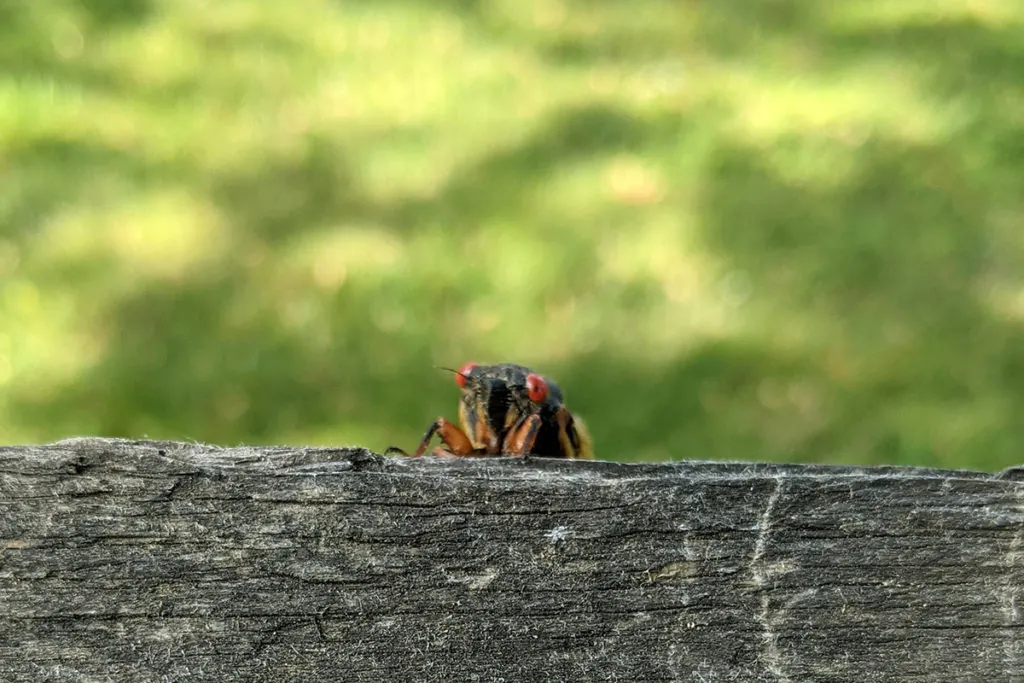
Thankfully, we are not bugs.
Are Cicadas Harmful?
As far as swarming insects go, they’re harmless to your garden. They’re more of an annoyance than anything else. So, your prize tomatoes will be just fine.
However, cicadas can cause damage to young trees.
The females lay their eggs under the bark of smaller twigs. As the eggs grow, they expand and split open the branch. If you have enough cicadas laying eggs on a sapling, it could kill the tree.
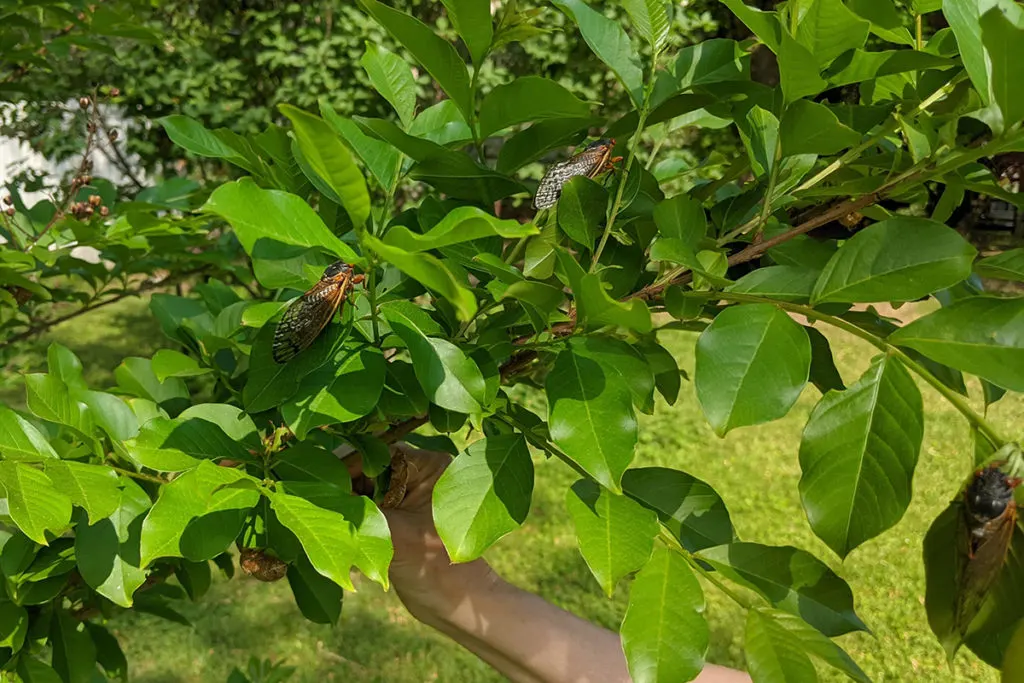
Because the female cicada prefers twigs around the size of a pencil, more mature trees can harbor these insects without serious harm.
If you have small saplings, consider covering them with fine netting or cheesecloth when the cicadas make their appearance.
If you plan on planting trees this spring, maybe hold off until a non-periodical cicada year. As always, get in touch with your local extension office to find out the cicada cycles in your area.
What’s So Special About Brood X?
Brood X is one of the largest broods of periodical cicadas, numbering in the trillions. Suffice it to say; this posse knows how to make an entrance. If you live in the northeastern parts of the United States, you’re probably well acquainted with them.
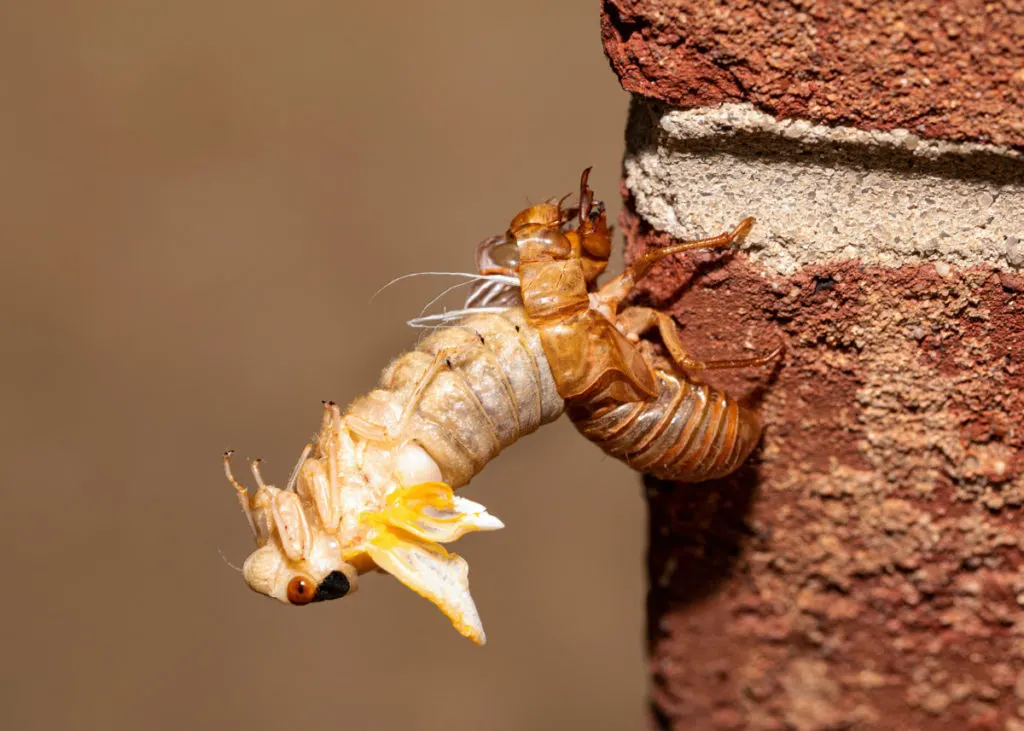
When Will They Reach Me?
If you want to know when to expect these noisy neighbors in your area, consider downloading the Cicada Safari smartphone mapping app. You can see where they are, as well as report when you find them in your hometown. And of course, #broodx is a helpful search on social media.
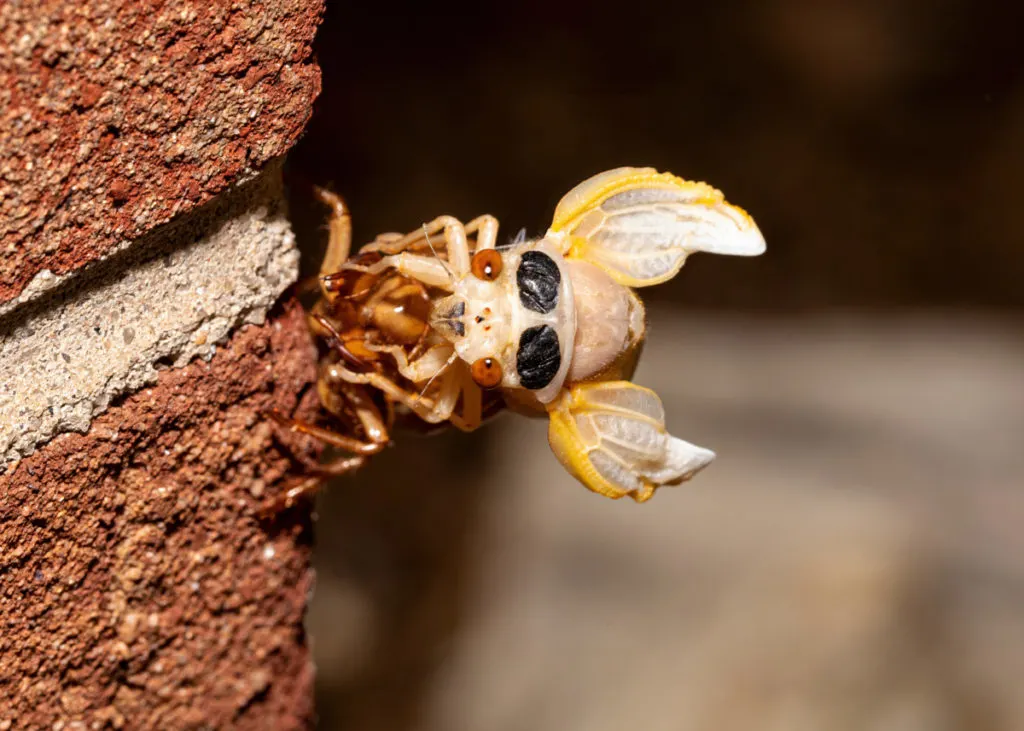
How Can I Get Rid of Cicadas?
Ah-ha.
Yeah, about that.
Unfortunately, there isn’t a way to get rid of them. Their sheer numbers make them a tough target. Not to mention, they aren’t inherently harmful.
Cicadas do not bite or sting. (They don’t have the necessary body parts for either activity.) They’re merely horrible neighbors who will be having a block party on your street this spring and inviting a trillion relatives.
It will end.
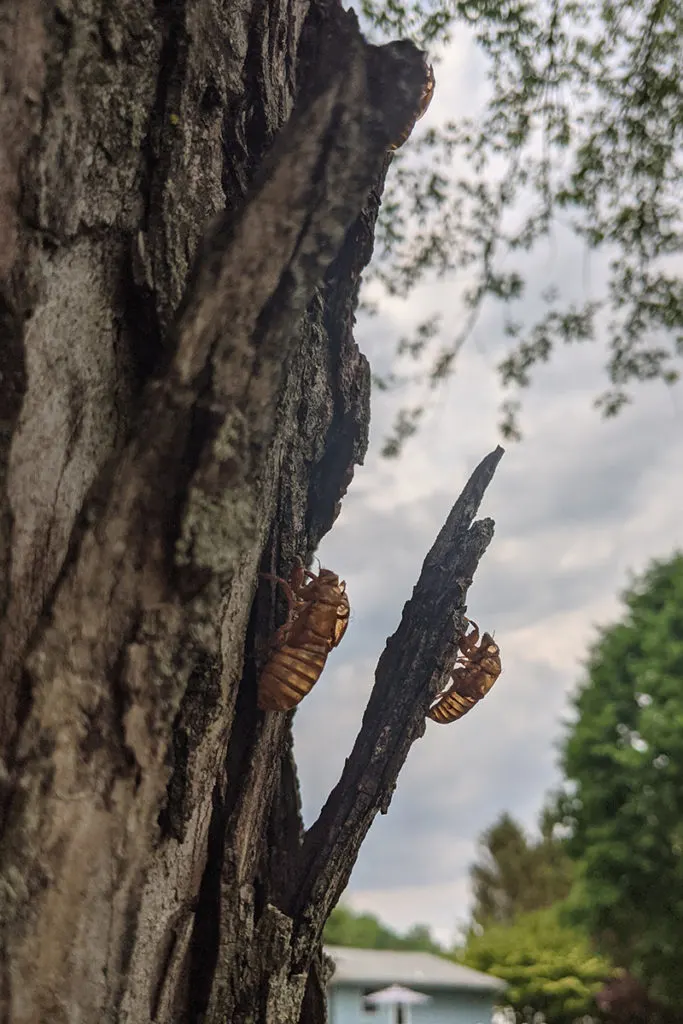
Enjoy Brood X
They may be annoying, but their emergence is a pretty cool spectacle of the natural world. If you’ve got small kiddos, you should all check out Brood X together. Consider going out at night with flashlights and checking out trees to see if you can find any emerging nymphs.
By the time Brood X comes around again, your kiddos will be seventeen years older and may not have the same desire to be dragged out of bed at night to look at bugs.
Seriously, grab those earplugs I mentioned; you’ll feel a whole lot better about sharing the planet for a few months with Brood X.
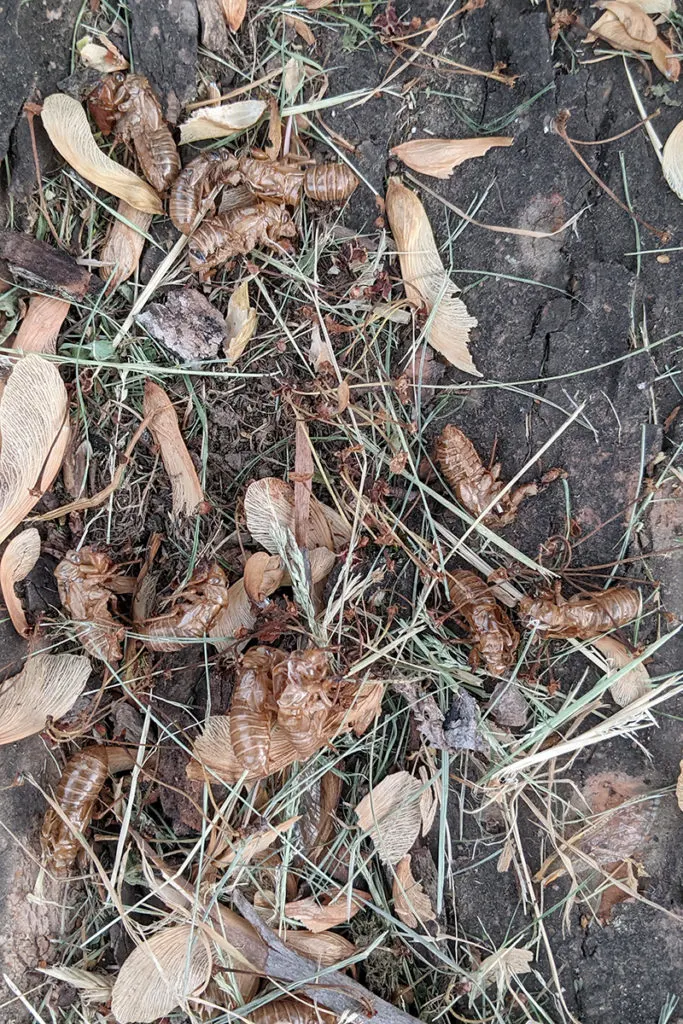
Of course, you could always eat them.


Get the famous Rural Sprout newsletter delivered to your inbox.
Including Sunday musings from our editor, Tracey, as well as “What’s Up Wednesday” our roundup of what’s in season and new article updates and alerts.

